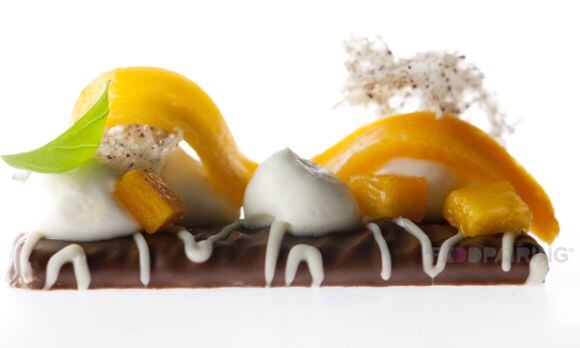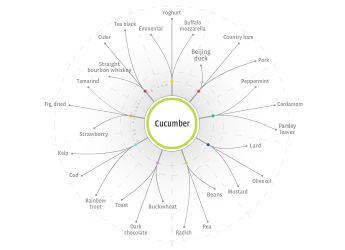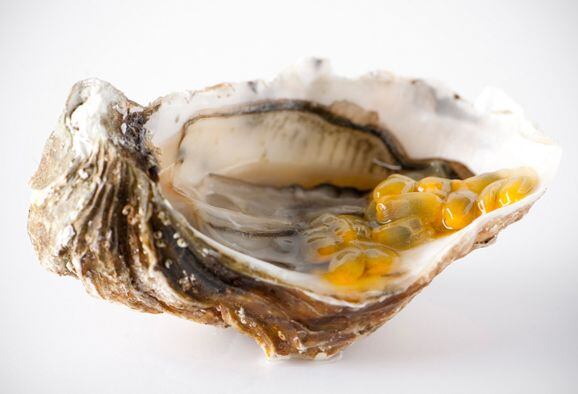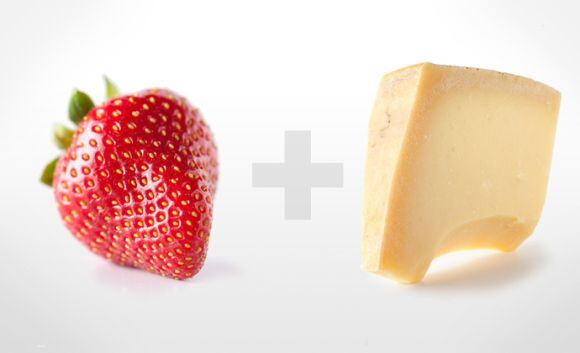The firm, which has worked with some of the biggest names in molecular gastronomy to food giants including Kraft and Nestle, starts with the principle that if the major volatile molecules of two foods/ingredients are the same, they might taste and smell nice when eaten together.
Put simply, foods are more likely to match if they have important flavor components in common (pineapple and blue cheese taste great together in part because they both contain the flavor component methyl hexanoate).
But the business is evolving, science director Bernard Lahousse told FoodNavigator-USA: “Originally we were focusing on flavor combinations, but we’re now transitioning to full recipes as well.
“People were coming back to us and saying, OK we’ve got these two great flavor combinations, but how do we get the right balance of ingredients? How much do we use?”
We’re opening a New York office later this year
In the meantime, the foodpairing concept is growing from strength to strength, he said.
“Most of our users are chefs and bartenders that want to be creative, but we’re also working with a lot more large food and beverage companies now in everything from spirits, to bread and dairy.
“We’re also continually adding to our database. When we first started, for example, we spent a lot of time on fruits, vegetables, herbs and spices, but now we’re adding a lot more data on everything from spirits, to meat and fish.”

Foodpairing is also planning a big push in the US over the next 12 months, he said: “We’re best known in Europe as we’re a Belgian company, but we’re growing so fast in the US that we’re opening a New York office later this year.
“As part of this we’re addressing some gaps in our database and analyzing foods specific to the US market.”
He added: “We’re unique in what we do. We’ve got one of the best flavor databases in the world as we’ve been building it for years. We actually have a lot more information than some of the big flavor houses.”
How does the FoodPairing process work?

The Foodpairing process starts with a flavor analysis of a product, such as cucumber, chocolate, or pita chips, that could be combined with other foods or ingredients.
The process results in a Foodpairing tree: A visual aid for chefs and cocktail makers that indicates which ingredients might match from a flavor perspective.
Once the most important flavor components of that food - eg. cucumber - have been analyzed, they are compared to a database of hundreds of other food & beverage products, and products with key flavor components in common with the original ingredient (cucumber) are retained and graphically presented on a Foodpairing tree.
The shorter the branch, the better the match to the central ingredient. Beijing roasted duck, for example, fits a little better with cucumber than cardamom or dark chocolate.
If major volatiles are shared between two foods it may very well be that they go well together

The notion that certain food pairings probably have a molecular basis was first popularized by Firmenich scientist François Benzi and celebrity chefs such as Heston Blumenthal, who owns the Fat Duck restaurant in the UK.
Blumenthal discovered that caviar and white chocolate are a perfect match (possibly because they both contain trimethylamine), while strawberry works perfectly with coriander; banana with cloves; salmon with licorice; potato and coffee; cocoa and cauliflower, and so on.
Some of the Foodpairing website can be accessed for free (click here to look at some foodpairing trees and recipes), although if firms want full access to the database they need to subscribe, said Lahousse.

